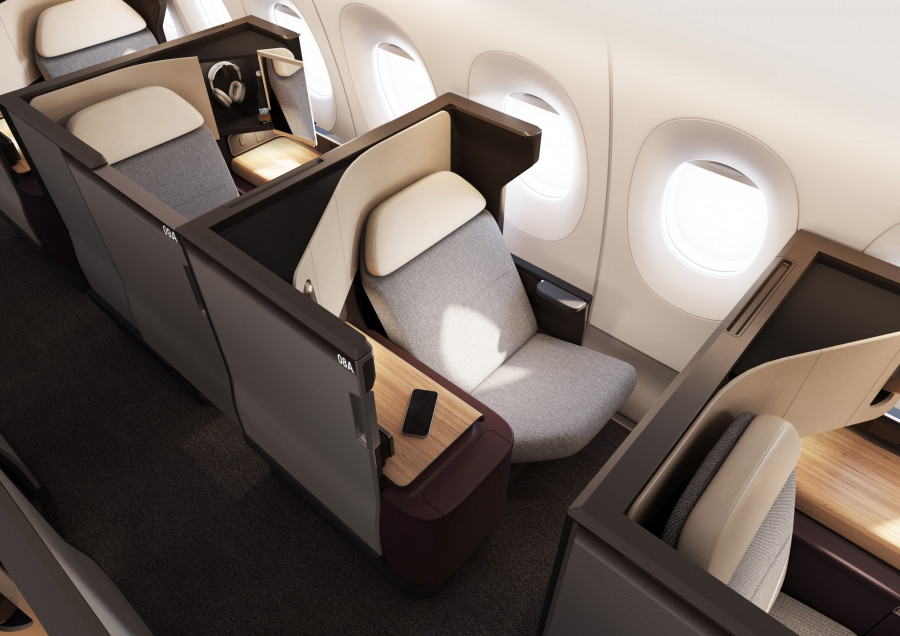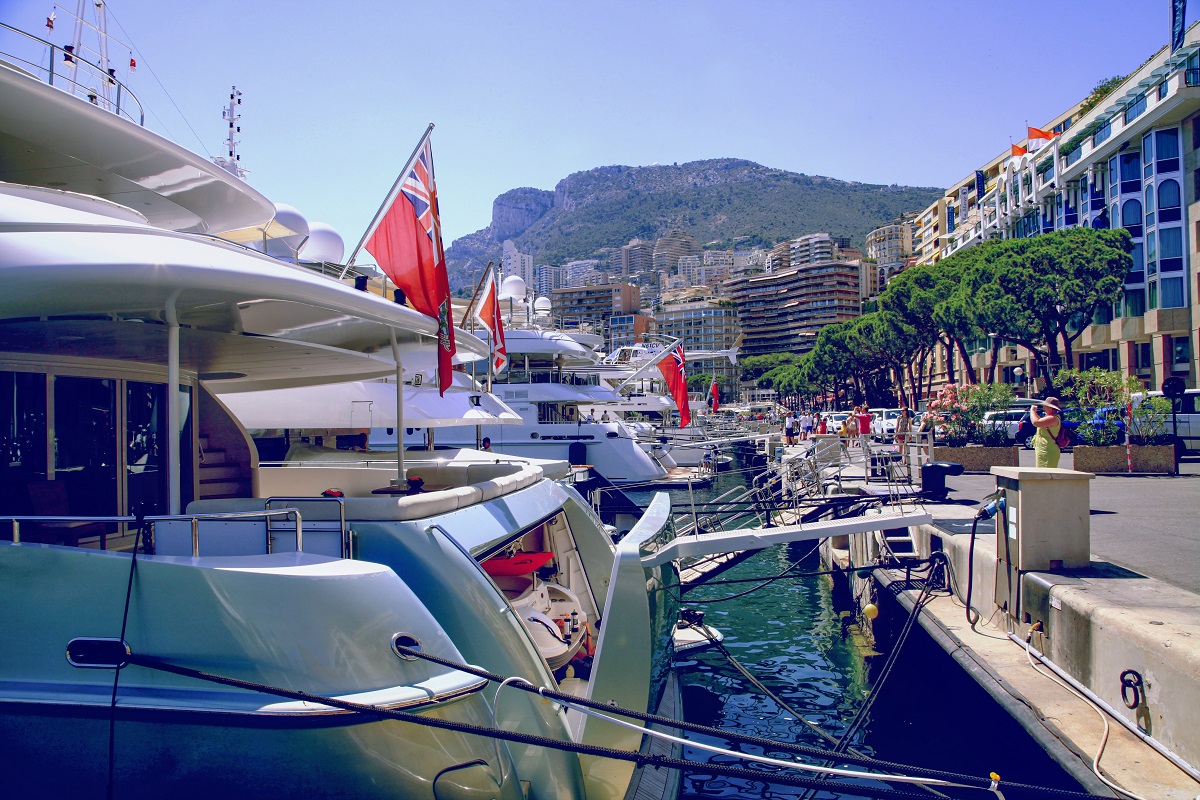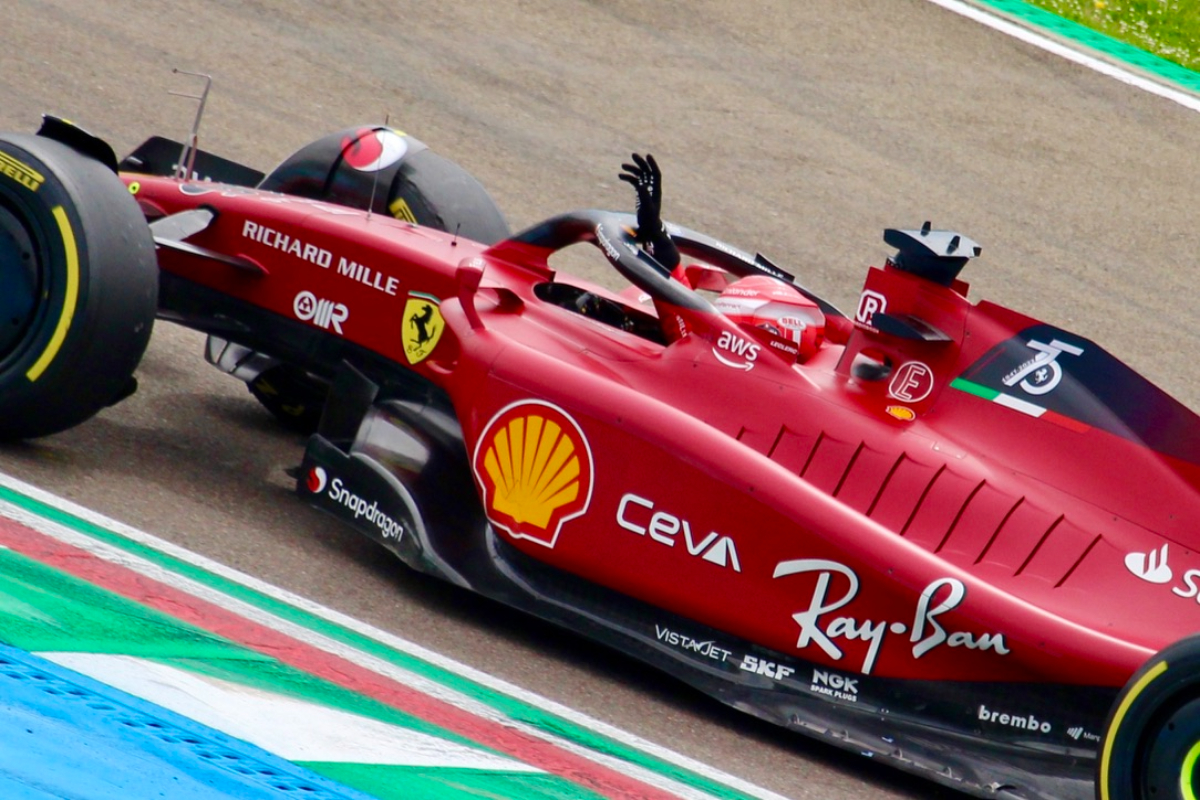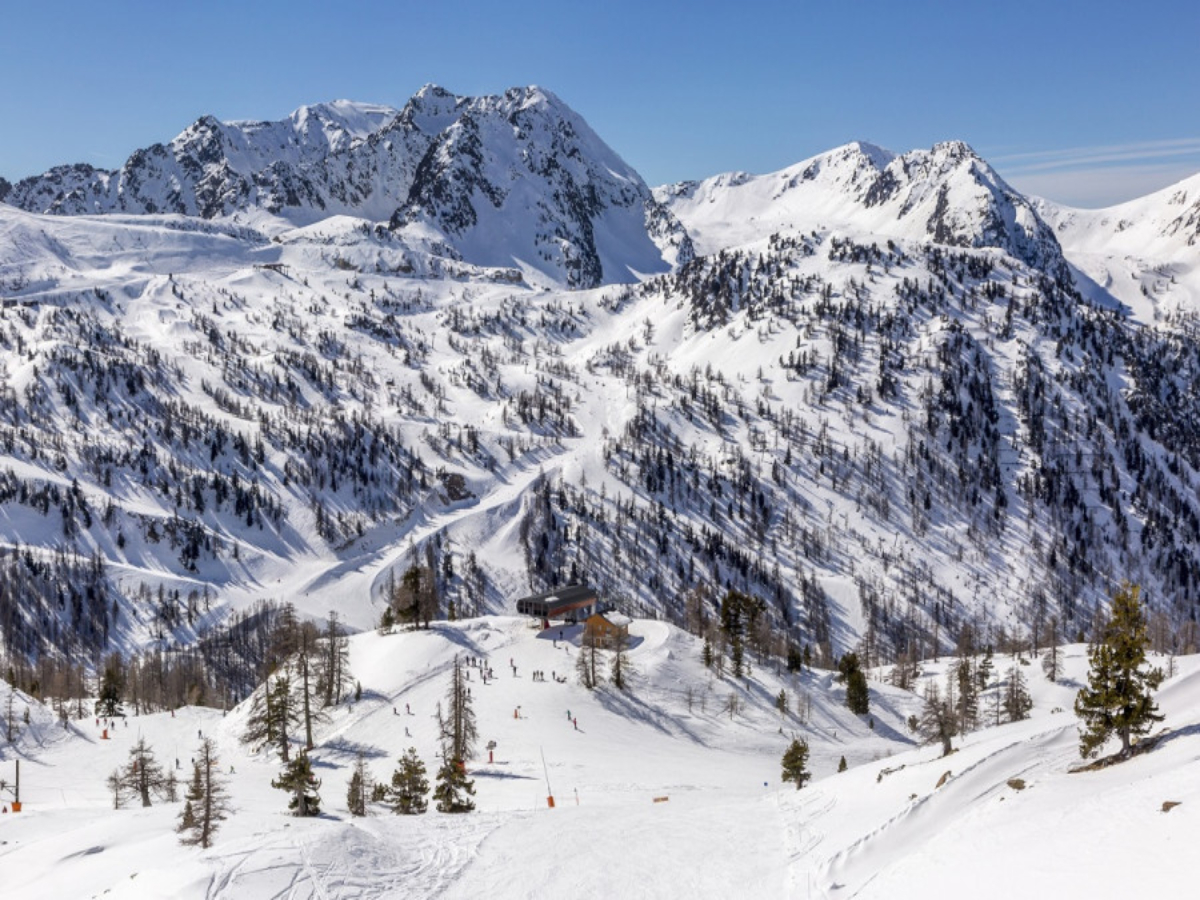With the curtain set to raise on a new Formula 1 season, the Drive to Survive Netflix series has provided fresh insight into Ferrari’s and Charles Leclerc’s struggles last year.
Drive to Survive is a Netflix series that documents the various narratives across the course of the Formula 1 season. Now in its fifth season, it is a supplement to the on-track action, providing behind-the-scenes footage and exclusive quotes from those within the sport, from team principals such as Toto Wolff, to drivers, team CEOs and renowned journalists within the sport.
The third episode of season five, which was released last Friday, has now provided extra insight into Ferrari’s mid-season collapse, detailing the rising tensions and the self-awareness of the degenerating situation at the Italian manufacturer.
An advantage squandered
Ferrari had begun the season well. The Prancing Horse brand had the pace in the early races and managed to convert that domination into points, notably during the first race of the season in Sakhir. In Drive to Survive, Red Bull team principal described seeing Ferrari’s early season pace as “gut-wrenching,” whilst Ferrari team principal Mattia Binotto said, “This year, we finally have all the conditions to do well.”
Charles Leclerc, despite not being the designated Number One, as Binotto revealed, was Ferrari’s main source of points and the championship leader in the early part of the season. For the Monégasque driver, that position was on par with where he believed the team should be.
“Ferrari is meant to be competing for wins and I think this year, we are capable of doing so. We need to give it our all,” he told Drive to Survive.
Leclerc admitted to the “added scrutiny and pressure” of being a Ferrari driver at the front of the grid, but it wasn’t the Monégasque who cracked under that pressure in Miami.
Red Bull shocked by Ferrari errors
The first of a catalogue of costly errors came at the inaugural Miami Grand Prix back in May. Whilst not Ferrari’s most high-profile error, Drive to Survive detailed how the race was the beginning of a negative spiral.
Leclerc had started on pole in Florida but was behind Max Verstappen for large swathes of the race. Ferrari had the pace throughout the weekend, and they should have won it, if not for a strategic call that later shocked Red Bull team principal Christian Horner.
Neither Leclerc nor Carlos Sainz took the opportunity to pit and chase the lead in the closing laps of the race, a crucial error, which cost them the chance of a win.
“They missed the pit stop with both cars, otherwise they would have had a significant advantage,” said Horner. The Brit added, “I watched Leclerc go past and thought that the GPS must be wrong.”
However, it wasn’t wrong, and Ferrari had passed up a shot at victory.
“In the management of the race here in Miami, they (Red Bull) had something more than us. We made a mistake,” admitted Binotto to Drive to Survive.
A “heavy air of worry” at Ferrari
After Miami, the errors began to accumulate.
“We couldn’t go more than two or three races without a setback,” said Sainz.
Technical issues put pay to a result in Baku, but a double-stacking of cars in the pitstops at Leclerc’s home race in Monaco cost the Monégasque a chance at victory. Instead, it was Sergio Perez that stood atop the podium on the streets of Monte-Carlo.
“No words, no words. We cannot do that,” said Leclerc over the team radio post-race.
Internally, Ferrari were aware of their repeated errors, which were beginning to feed into a negative atmosphere at the Italian team.
“We are aware that we are making mistakes. There is a heavy, difficult atmosphere, maybe even a heavy air of worry. There is too much criticism of the team and the pit wall, and demands for everything to be changed. The team really feels this criticism,” said Binotto.
Leclerc described that phase of the season as “frustrating” and said that although he was trying to control his emotions, he was unhappy with how his season was going. Things would yet worsen.
Sainz refuses team orders at Silverstone
Ferrari’s most high-profile blunder came at the British Grand Prix at Silverstone in July. Prior to a late safety car, Leclerc was in the lead, and his team made the costly error of not pitting their Monégasque driver. All of his competitors, including teammate Sainz had pitted for fresh tyres, leaving Leclerc a sitting duck.
Within this context, Sainz was asked to leave 1o car lengths at the restart in order to protect the fledging Leclerc. The Spanish driver explained his refusal of this order in Drive to Survive.
“I have to stay true to my beliefs,” he said. Over team radio at the time, he pleaded for the team – “Please don’t ask these things…” – and proceeded to ignore the order on his way to a maiden victory.
“I know that at the end of the race, Charles was very frustrated, very unhappy because he felt he had a very good race and that he would finally bring home a result. It wasn’t the first time,” said Binotto.
Leclerc: “Too many mistakes”
That period was ultimately costly. Ferrari may have had the quicker car at the beginning of the season, but momentum had been handed to Red Bull, who ultimately won the drivers and constructors championships at a canter.
“There has been a lot of criticism around the team and we made too many mistakes at one point of the season,” said Leclerc to Drive to Survive at the end of the season. Teammate Sainz added that there were “too many things [we] need to improve as a team”.
Those mistakes ultimately cost Binotto his job at Ferrari, and the Italian was replaced by Frédéric Vasseur during the off-season, but notably after filming of Drive to Survive season five had ended. Binotto leaves the set under the impression that he will lead the Prancing Horse into 2023, whilst Vasseur, asked if the red of Ferrari would suit him, jokes that he believes it would.
Vasseur and Leclerc will renew their partnership in 2023, hoping to realise their greatest achievements in their respective careers with Ferrari.
Sign up for the Monaco Life newsletter. For the latest news, follow us on Facebook, Twitter, and Instagram.
Photo from Roberto Monti







